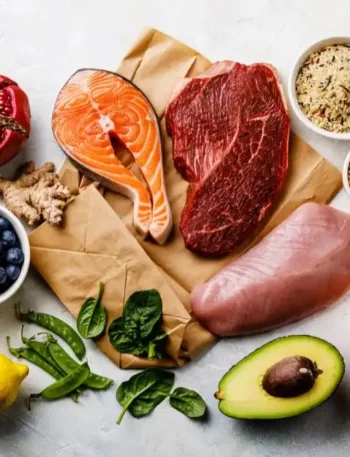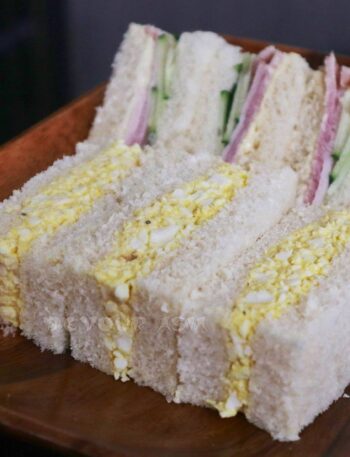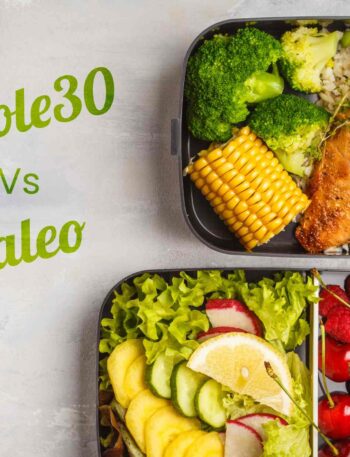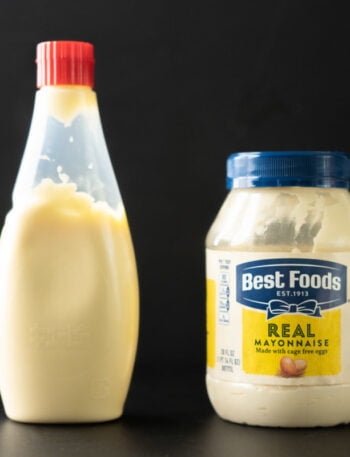With the increasing popularity of plant-based diets and the rising prevalence of lactose intolerance, more people are going dairy-free.
But one question that often comes up is whether avoiding dairy means sacrificing calcium—a nutrient essential for strong bones and overall health.
The good news? Dairy-free doesn’t have to mean calcium-free. Let’s explore how you can meet your calcium needs without relying on dairy.
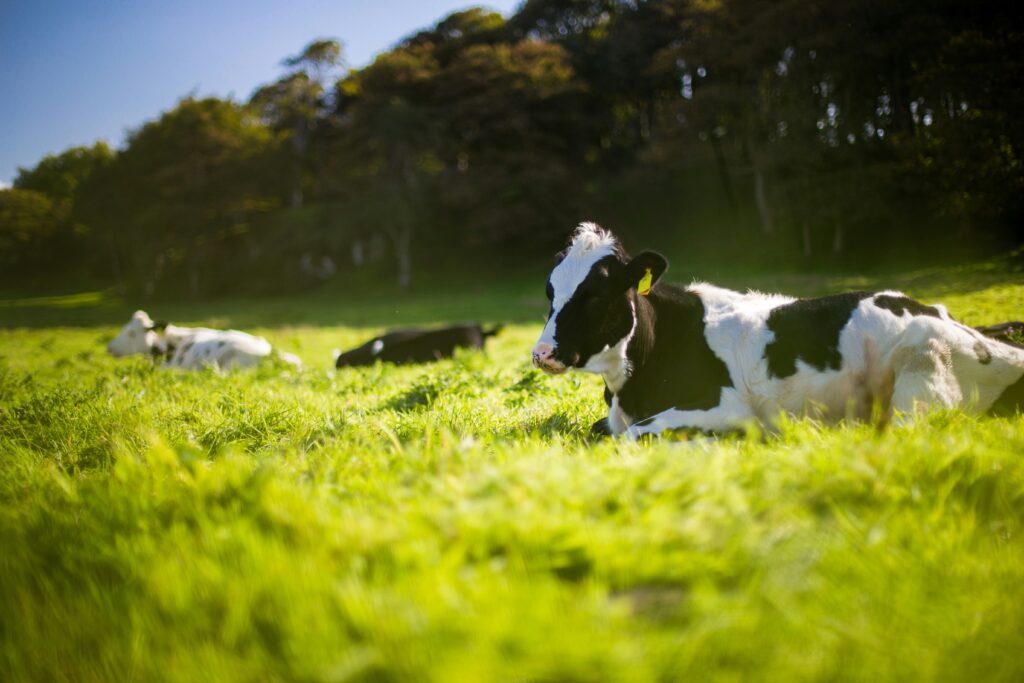
Why Calcium Is Essential?
Calcium is often associated with bone health, but its role in the body goes far beyond that. This vital mineral is crucial for:
- Building and maintaining strong bones and teeth.
- Supporting muscle contractions and relaxation.
- Aiding nerve transmission and hormone release.
- Regulating blood clotting.
The recommended daily calcium intake varies by age and gender, but generally falls between 1,000 and 1,300 mg per day for most adults. A prolonged calcium deficiency can lead to weakened bones, increasing the risk of fractures and conditions like osteoporosis.
What Does Dairy-Free Mean?
Going dairy-free simply means eliminating all products derived from animal milk, such as milk, cheese, yogurt, and butter. People may choose this lifestyle for various reasons:
- Lactose Intolerance: An inability to digest lactose, the sugar in milk.
- Veganism: Avoiding animal products for ethical, environmental, or health reasons.
- Allergies or Sensitivities: Adverse reactions to dairy proteins like casein or whey.
- Dietary Preferences: A personal choice to avoid dairy.
While dairy is a major source of calcium in many diets, going dairy-free doesn’t mean you’re destined for a calcium-deficient lifestyle. With a bit of planning, you can get all the calcium your body needs from non-dairy sources.
Non-Dairy Sources of Calcium
1. Plant-Based Foods Rich in Calcium
Many plant-based foods are naturally high in calcium, including:
- Leafy Greens: Kale, bok choy, collard greens, and turnip greens are excellent sources. For example, one cup of cooked collard greens contains about 266 mg of calcium.
- Nuts and Seeds: Almonds provide around 76 mg of calcium per ounce, while chia seeds pack 179 mg per two tablespoons.
- Legumes: White beans and chickpeas are versatile options with decent calcium content.
- Vegetables: Broccoli and okra are great additions to your meals, offering both calcium and fiber.
2. Fortified Foods
Fortification has made it easier than ever to meet calcium needs on a dairy-free diet. Popular options include:
- Plant-Based Milks: Almond, soy, oat, and rice milks often contain as much or more calcium than cow’s milk.
- Fortified Cereals and Juices: Check labels for calcium content to ensure you’re getting the most out of these products.
3. Other Sources
Tofu made with calcium sulfate and fermented soy products like tempeh are excellent options. Additionally, seaweed varieties such as wakame and nori offer small but meaningful amounts of calcium.
Absorption Matters: The Bioavailability of Calcium
Not all calcium is absorbed equally. The body’s ability to absorb calcium depends on its source and the presence of other compounds:
- Oxalates and Phytates: Found in spinach, rhubarb, and some legumes, these compounds can bind to calcium and reduce its absorption.
- Vitamin D: Plays a pivotal role in calcium absorption. Without adequate vitamin D, even a calcium-rich diet may not be effective.
Tips to Maximize Calcium Absorption:
- Pair calcium-rich foods with vitamin D sources, such as fortified plant-based milks or sunlight exposure.
- Include magnesium-rich foods like nuts and seeds to support bone health.
Calcium Supplements: Should You Consider Them?
While a well-planned dairy-free diet can meet calcium needs, some individuals may benefit from supplements:
- When to Consider Supplements: If you have dietary restrictions, limited access to fortified foods, or increased calcium needs due to pregnancy or aging.
- Risks of Over-Supplementation: Excess calcium can lead to kidney stones or interfere with the absorption of other minerals. Stick to recommended doses.
- Choosing a Supplement: Look for calcium citrate or calcium carbonate, which are easily absorbed.
Debunking Myths About Dairy and Calcium
One of the most persistent myths is that dairy is the only reliable source of calcium. However, many cultures with low dairy consumption maintain excellent bone health. For example, traditional diets in parts of Asia rely on calcium-rich plants and legumes, and studies show comparable bone density to those consuming Western diets.
Research published also highlights that plant-based calcium sources can be just as effective as dairy when consumed as part of a balanced diet.
Practical Tips for Meeting Calcium Needs on a Dairy-Free Diet
- Plan Balanced Meals Incorporate a variety of calcium-rich foods throughout your day. For example:
- Breakfast: Fortified cereal with almond milk.
- Lunch: Kale salad with tahini dressing.
- Dinner: Stir-fried tofu with broccoli.
- Read Labels When buying fortified products, check the calcium content to ensure you’re meeting your needs.
- Don’t Forget Bone-Healthy Nutrients Include magnesium (nuts, seeds) and vitamin K (leafy greens) in your diet for optimal bone health.
Going dairy-free doesn’t mean sacrificing calcium. With a variety of plant-based foods, fortified options, and proper meal planning, it’s entirely possible to meet your calcium needs without dairy.
Remember, a diverse and balanced diet is key to supporting both your bones and overall health. So embrace the dairy-free lifestyle with confidence, knowing you’re nourishing your body every step of the way!


